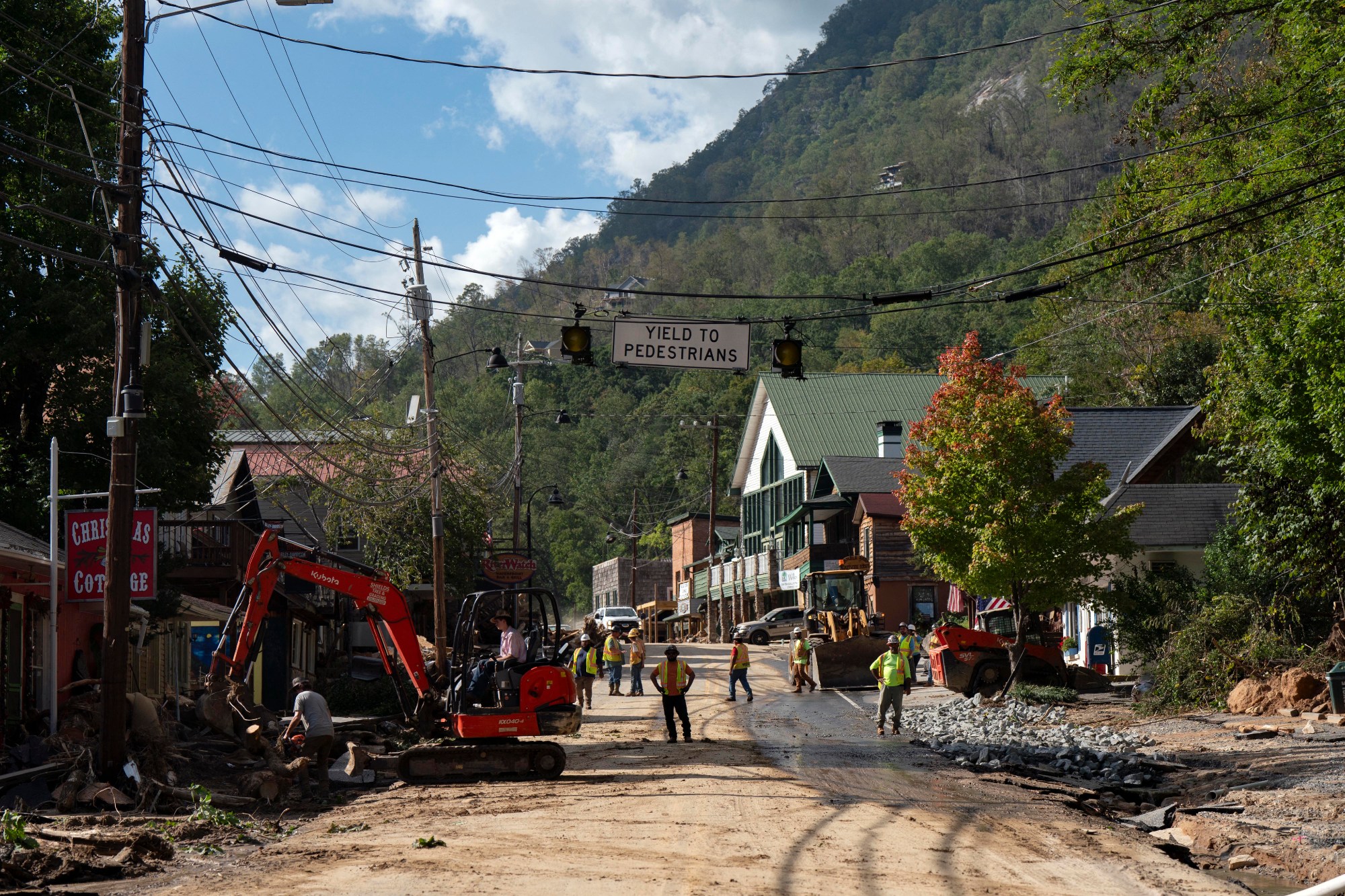Energies, Vol. 18, Pages 3874: Towards Integrated Design Tools for Water–Energy Nexus Solutions: Simulation of Advanced AWG Systems at Building Scale
Energies doi: 10.3390/en18143874
Authors:
Lucia Cattani
Roberto Figoni
Paolo Cattani
Anna Magrini
This study investigated the integration of advanced Atmospheric Water Generators (AWGs) within the design process of building energy systems, focusing on the water–energy nexus in the context of a real-life hospital building. It is based on a simulation approach, recognised as a viable means to analyse and enhance AWG potentialities. However, the current state of research does not address the issue of AWG integration within building plant systems. This study contributes to fill such a research gap by building upon an authors’ previous work and proposing an enhanced methodology. The methodology describes how to incorporate a multipurpose AWG system into the energy simulation environment of DesignBuilder (DB), version 7.0.0116, through its coupling with AWGSim, version 1.20d, a simulation tool specifically developed for atmospheric water generators. The chosen case study is a wing of the Mondino Hospital in Pavia, Italy, selected for its complex geometry and HVAC requirements. By integrating AWG outputs—covering water production, heating, and cooling—into DB, this study compared two configurations: the existing HVAC system and an enhanced version that includes the AWG as plant support. The simulation results demonstrated a 16.3% reduction in primary energy consumption (from 231.3 MWh to 193.6 MWh), with the elimination of methane consumption and additional benefits in water production (257 m3). This water can be employed for photovoltaic panel cleaning, further reducing the primary energy consumption to 101.9 MWh (55.9% less than the existing plant), and for human consumption or other technical needs. Moreover, this study highlights the potential of using AWG technology to supply purified water, which can be a pivotal solution for hospitals located in areas affected by water crises. This research contributes to the atmospheric water field by addressing the important issue of simulating AWG systems within building energy design tools, enabling informed decisions regarding water–energy integration at the project stage and supporting a more resilient and sustainable approach to building infrastructure.
Source link
Lucia Cattani www.mdpi.com

